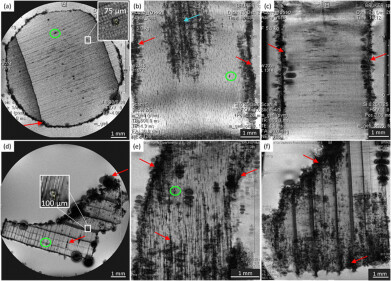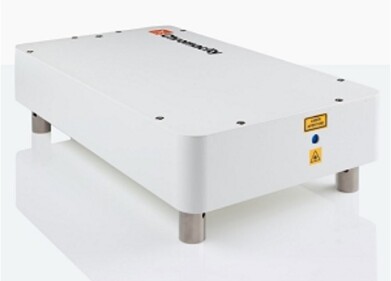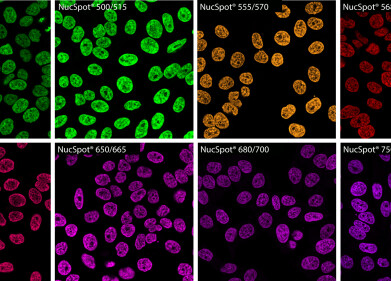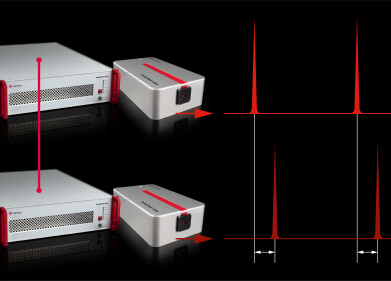-
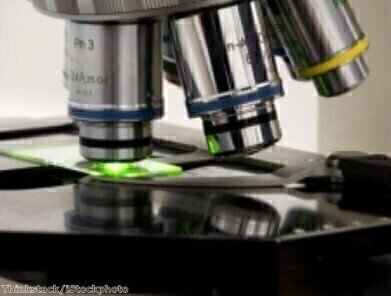 New treatment could hold the cure for sickle cell disease
New treatment could hold the cure for sickle cell disease
Microscopy & Microtechniques
Clinical trials on the horizon for new sickle cell disease treatment
Jul 02 2013
Stem cell research performed at University of California, Los Angeles (UCLA) has found that blood-producing stem cells can be used to treat patients suffering from sickle cell disease. The Eli and Edythe Broad Centre of Regenerative Medicine and Stem Cell Research has found that the hematopoietic stem cells that are extracted from the bone marrow of those who suffer from the disease can be used within treatment.
Doctor Donald Kohn has been working on treatment for the disease that causes the body to produce crescent-shaped red blood cells. The odd shape of the blood cells causes blood flow problems which ultimately affects the body's oxygen levels. Dr Kohn has taken advantage of the ability the hematopoietic stem cells have to self-renew, by introducing an anti-sickling gene into the cells. This can lead to the production of non-sickled red blood cells, allowing oxygen to flow through the body. Trials for this procedure are set to begin in 2014.
As the cells used within the treatment will belong to the sufferer themselves and not a donor, there is no risk of the cells being rejected. The stem cells that have been treated with the anti-sickling gene are then transplanted back into the patient's bone marrow, allowing the body to produce healthy, fully functional red blood cells that will not sickle.
Dr Kohn said: "The results demonstrate that our technique of lentiviral transduction is capable of efficient transfer and consistent expression of an effective anti-sickling beta-globin gene in human sickle cell disease bone marrow progenitor cells, which improve the physiological parameters of the resulting red blood cells."
The study has shown that the rate at which the non-sickled red blood cells are produced following the treatment will allow for patients to experience significant improvement in their condition. The healthy blood cells also last much longer, which can serve to further the benefits for the patient.
The treatment has the potential to make a huge difference from those suffering with the disease as there is no risk of a patient rejecting the transplanted cells. Whilst treatments for the disease do currently exist they involve the use of donor cells, as this has a high risk of cell rejection it is only usually used for the treatment of children and then only in extreme cases.
Digital Edition
Lab Asia 31.6 Dec 2024
December 2024
Chromatography Articles - Sustainable chromatography: Embracing software for greener methods Mass Spectrometry & Spectroscopy Articles - Solving industry challenges for phosphorus containi...
View all digital editions
Events
Jan 22 2025 Tokyo, Japan
Jan 22 2025 Birmingham, UK
Jan 25 2025 San Diego, CA, USA
Jan 27 2025 Dubai, UAE
Jan 29 2025 Tokyo, Japan
